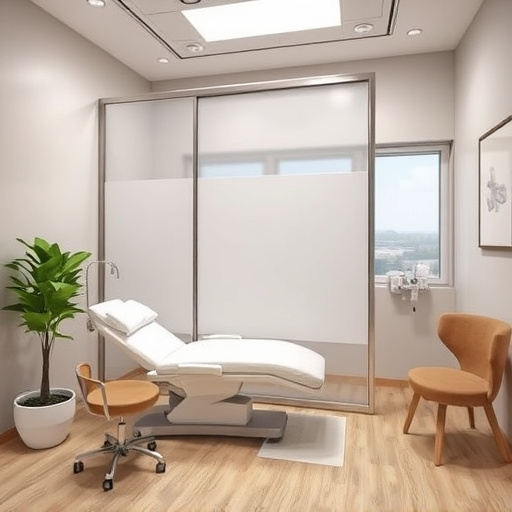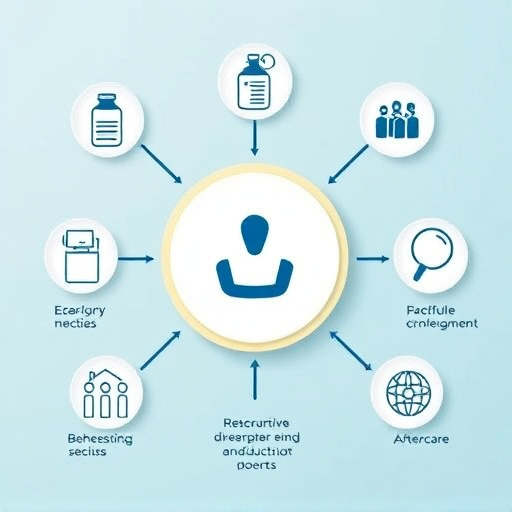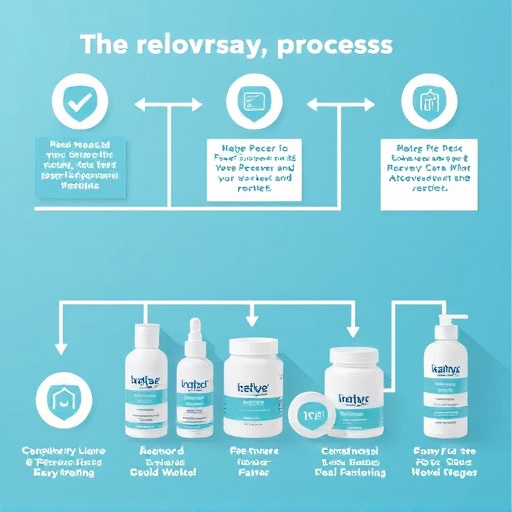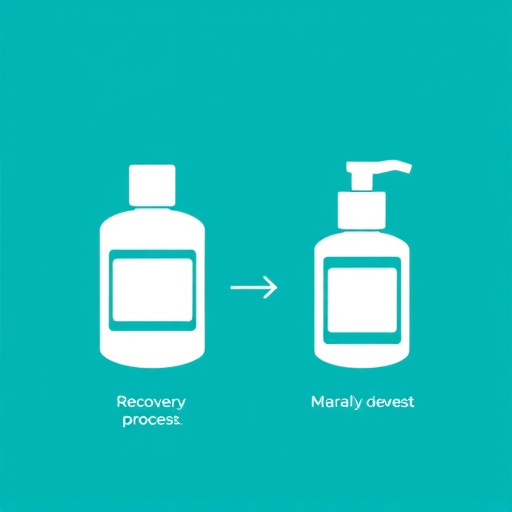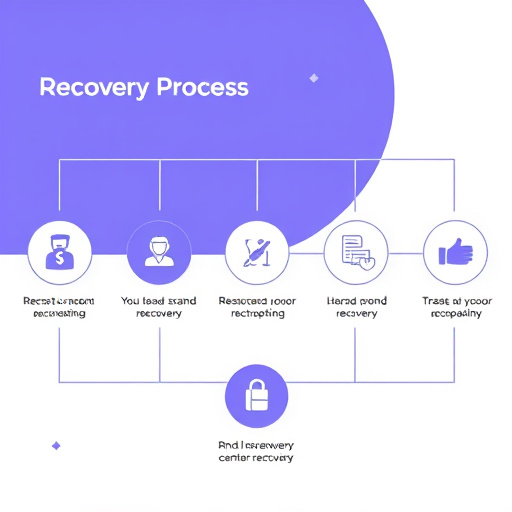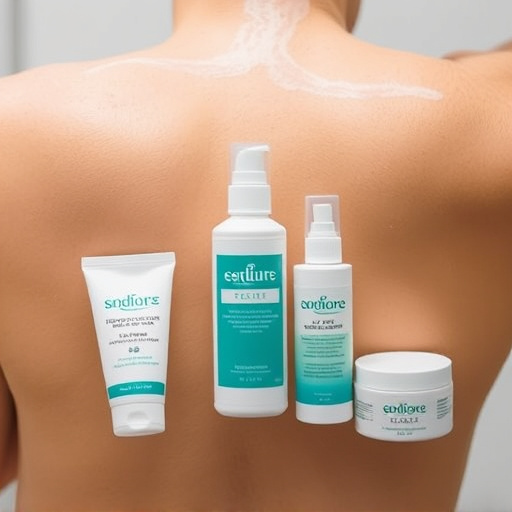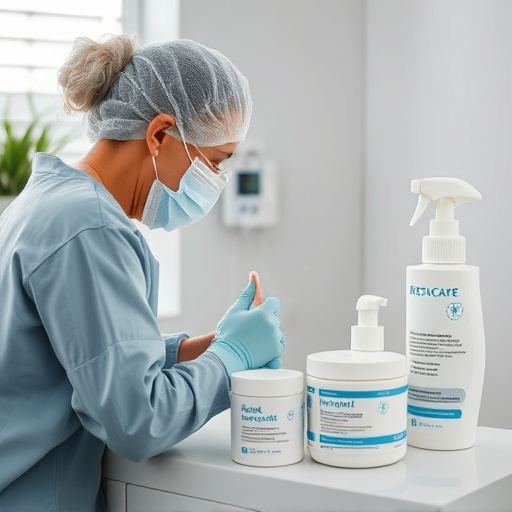Laser hair removal offers smooth, hair-free skin, but understanding the brief recovery process is key. Redness/irritation comparable to a sunburn may occur for hours or by the next day, subsiding with your skin's natural healing. Recovery time varies based on individual factors like skin type, hair thickness, and treatment area, with most experiencing minimal downtime. To optimize healing, avoid strenuous activities, direct sunlight, and follow dermatologist-recommended post-treatment care. Complete recovery typically takes 7-14 days, resulting in smooth, hair-free results.
“Uncover the secrets to a successful laser hair removal journey with our comprehensive guide. This article arms you with all the necessary insights for what to expect during the recovery process, offering a clear roadmap to optimal healing. From understanding the typical laser hair removal recovery time to implementing best practices and addressing common concerns, we’ve curated essential information. Discover when to seek medical attention and ensure a smooth transition to a hair-free you.”
- Understanding Laser Hair Removal Recovery: What to Expect
- Optimizing the Healing Process: Tips and Best Practices
- Common Concerns and When to Seek Medical Attention
Understanding Laser Hair Removal Recovery: What to Expect

Laser hair removal is a popular method for achieving smooth, hair-free skin, but it’s important to understand the recovery process beforehand. After a laser hair removal treatment, the area may appear slightly red and irritated, similar to a sunburn. This is normal and usually subsides within a few hours or by the next day. During recovery, your skin goes through a natural healing process where the treated hairs are eliminated, leaving behind smooth, soft skin.
The laser hair removal recovery time varies depending on individual factors like skin type, hair thickness, and the area being treated. In general, most people experience minimal downtime, and daily activities can be resumed shortly after the procedure. However, it’s recommended to avoid strenuous activities or exposure to direct sunlight for a few days to prevent irritation and ensure optimal healing. Following post-treatment care instructions, including using soothing creams or lotions as advised by your dermatologist, can help expedite recovery and maintain healthy skin.
Optimizing the Healing Process: Tips and Best Practices
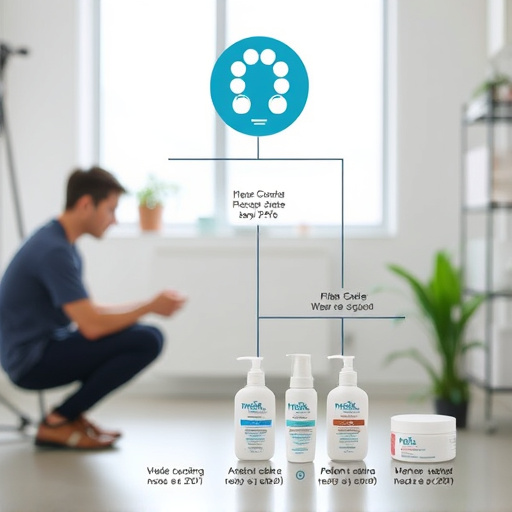
The healing process after laser hair removal is crucial for achieving optimal results and minimizing potential side effects. To ensure a swift and comfortable recovery, it’s essential to follow best practices immediately post-procedure and in the following days. First, keep the treated area clean and moisturized; gentle cleansing with a non-irritating cleanser and applying a hydrating lotion can aid in reducing dryness and irritation.
Avoiding direct sun exposure is vital; wear protective clothing or use sunscreen to shield the skin from UV rays, which can cause hyperpigmentation. Additionally, be mindful of your activities; resist scratching or rubbing the treated area, and avoid strenuous exercises or extreme temperatures for at least a few days as these may disrupt the healing process. Remember, patience is key; it typically takes 7-14 days for complete laser hair removal recovery, during which time your skin will gradually return to its normal state, leaving you with smooth, hair-free results.
Common Concerns and When to Seek Medical Attention

Many individuals seeking laser hair removal often have concerns about the recovery process and potential side effects. It’s understandable to want to know what to expect after the procedure. Typically, laser hair removal recovery time is relatively short, with most people experiencing minimal discomfort. However, it’s essential to be aware of possible reactions to ensure prompt action if needed.
Common concerns include temporary redness and swelling at the treatment site, which usually subside within a few days. In some cases, mild itching or sensitivity may persist for a brief period. If you notice prolonged or severe pain, excessive redness, warmth, or discharge, it’s advisable to contact your healthcare provider. They can offer guidance and ensure there are no underlying issues that require medical attention.
Laser hair removal offers effective, long-lasting results, but understanding the recovery process is key. By following best practices, such as keeping the treatment area clean and avoiding strenuous activities, you can optimize healing and minimize discomfort. While minor redness and swelling are normal, prolonged pain or unusual symptoms may indicate a complication. Remember to consult a qualified professional if you have any concerns about your laser hair removal recovery time or experience unexpected issues, ensuring prompt and proper care.





